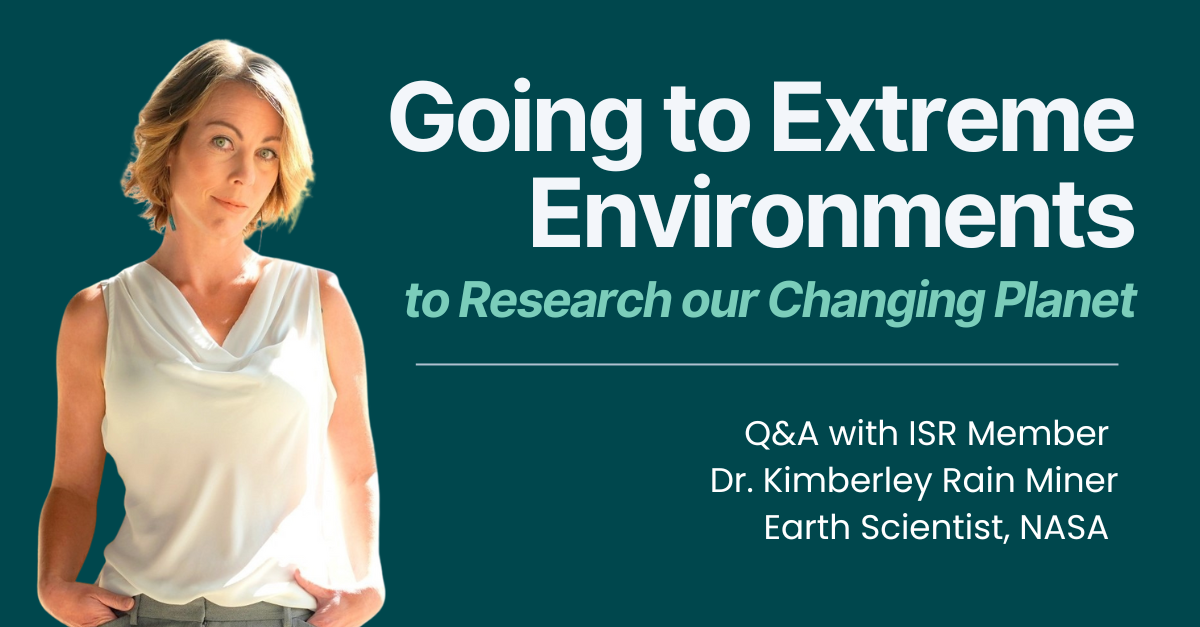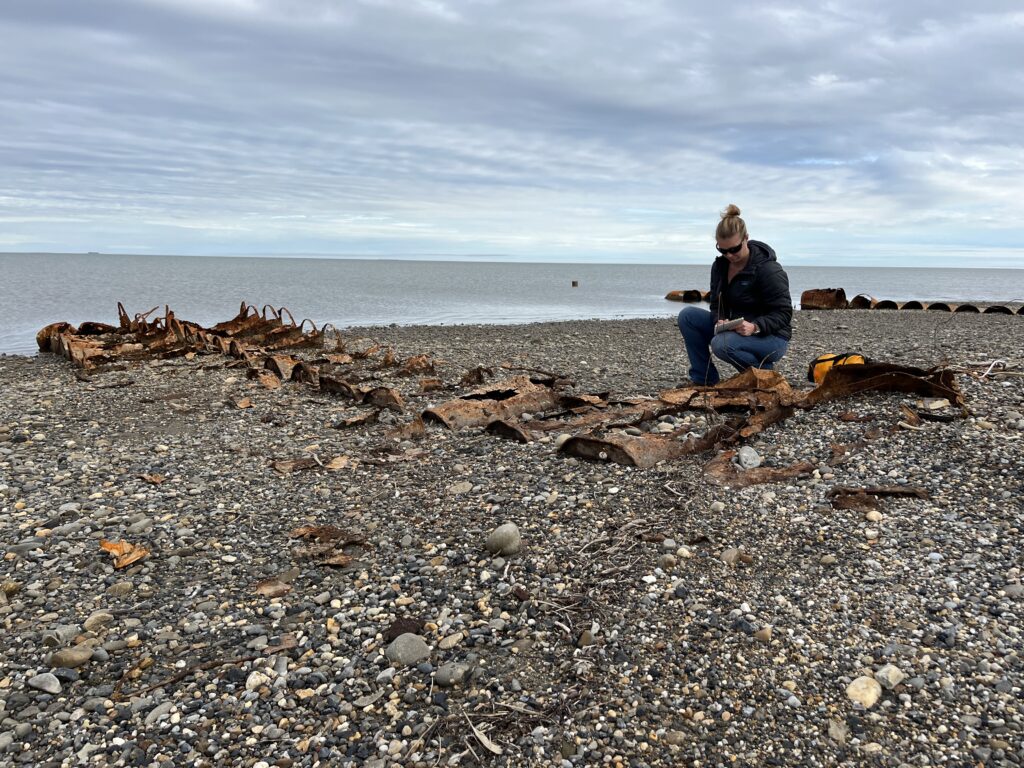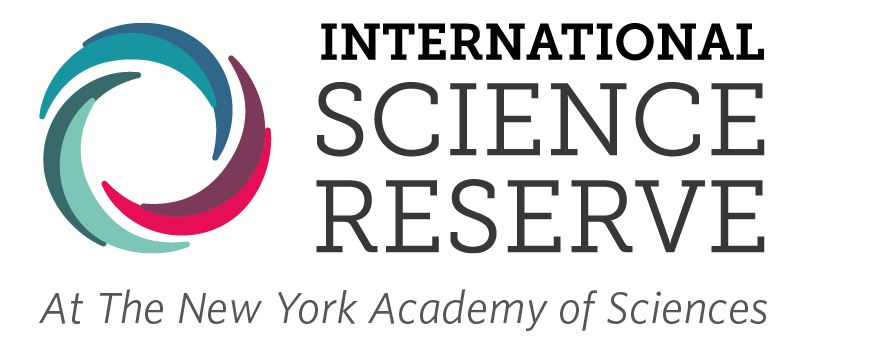Going to Extreme Environments to Research our Changing Planet
by ISR Staff

Dr. Kimberley Rain Miner is an Earth scientist, professor, author, and motivational speaker. Dr. Miner is currently the Associate Program Manager for Wildland Fires at NASA and an extreme weather and health scholar at the National Institute of Health (NIH) in the United States.
Ahead of Climate Week in New York City, Dr. Miner spoke to the International Science Reserve about her work and research in the Earth’s most extreme environments to understand how the planet is changing.
Congrats on your new book! What inspired you to write it?
Thank you! The goal of my book was to address the challenging questions I frequently encounter during lectures and talks. People have shared their concerns about food and water availability in the future, having kids, and even sustainable housing. My book seeks to address those topics in a way that is approachable for a variety of audiences.
Your work focuses on the intersection of Earth system change and health. Why is working across disciplines essential to our understanding of a changing planet?
There are so many complex ecosystems on this planet, not to mention the geology, atmosphere, and water cycle–it is a very intricate system. Human health is similar, with specialties focused on different parts of the human body and lifecycle. So, the challenge for those of us interested in both human and environmental health is bringing all of those experts and disciplines together to work on problems that impact us all.
After the wildfires in Los Angeles earlier this year, you supported a team at NASA that surveyed the damage and toxic chemicals released. What have you learned about the nature of chemicals in wildfires, and what do governments and disaster managers need to know to prepare?
What we are learning again and again is that the compounds that humans release into the environment —intentionally or not —continue to cycle and move through the ecosystems. This can have severe impacts, particularly in the case of fires at the wildland-urban interface, where these chemicals are introduced to delicate ecosystems or systems that are already stressed and under threat.
Humans are used to the Arctic being a sink for the planet. Snow falls, and with it, so does pollution from the atmosphere. Your research looks at how the rapid thawing of permafrost is not only releasing carbon and methane – but some lesser studied organisms and contaminants.
What are you finding out about emerging hazards?
My work on the release of legacy chemicals from both glaciers and permafrost in the Arctic has illuminated that the footprint of human civilization is everywhere. We found that compounds including nuclear and pesticide waste from the 1940s until now could be remobilized as the Arctic warms, a very concerning prospect.

The Arctic is a resource rich region with rapidly evolving geopolitics. Why is it critical that scientists work together across borders, particularly in this region?
The Arctic spans many nations, necessitating collaboration and engagement among scientists focusing on this region. We have worked together across nations for many years; this collaboration is a strength that helps produce cutting-edge scientific findings.
I am sure our readers are, to put it lightly, a little terrified after learning more about your research. I sure am. What keeps you motivated/gives you hope?
I am motivated to do research focused on human and natural system dynamics because I know that we can do better. We have the capacity to stop the release of chemicals and plastics into the environment, improving the health of the humans, animals, and insects who share this planet. I think there is a clear path to planetary health – I hope we decide to take it.


